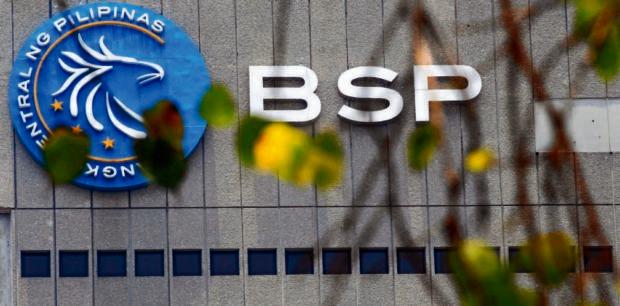The Bangko Sentral ng Pilipinas (BSP) is one of the few central banks in Asia that can afford to dip into its dollar reserves to prop up its falling currency, as the peso inches closer to the 58-level, Nomura Global Markets Research said.
In a commentary, Nomura said the recent statement from Governor Eli Remolona Jr. about the central bank’s readiness to manage peso volatility marked a “step up” in the BSP’s foreign exchange rhetoric against the currency’s depreciation.
“We broke through our initial target of 57.0 and are close to our second target of 58.0,” the Japanese investment bank said.
“We believe BSP is one of the few central banks in the AeJ (Asia ex-Japan) region that has ample FX reserves to stabilize the peso for a prolonged period (if there is a desire),” it added.
Geopolitical risks
Last week, Remolona said the BSP “continues to monitor the market and stands ready to manage any unnecessary movement and excessive volatility,” as geopolitical risks and shifting outlook on rate cuts in the United States power up the dollar.
The last time the BSP sold some dollars from the country’s reserves to prop up a falling peso was last year, when the currency touched the critical 57-level.
And the peso found itself back in that territory. The local currency moved at an average of 57.713 by the end of morning trade on Monday, still the weakest performance since November 2022, albeit flat from its previous finish of 57.71.
Remolona earlier said the central bank had hardly been intervening in the foreign-currency market recently. So far, the local unit has been trading above the 55 to 57 assumption of the Marcos administration for this year.
It remains unclear at what level the BSP would act to soothe the volatility to prevent the weak peso from pushing up import costs and stoking inflation. Apart from foreign exchange interventions, the BSP’s anti-inflation interest rate hikes can also help support the peso by making domestic yields more attractive to investment inflows.
What Remolona made clear though is that the recent depreciation of the peso would unlikely trigger any policy actions from the BSP, which has so far kept its key rate unchanged at 6.5 percent, the tightest in nearly 17 years.
But the central bank chief admitted that the room to ease monetary policy has narrowed, as he floated the possibility of a later rate cut in the first quarter of 2025 if inflation behaves badly.
”Globally, we believe the market reaction to data releases may be asymmetric in the near term towards a softer USD,” Nomura said.
“Overall, we remain bearish on PHP and continue to see negatives including a weak BoP (balance of payments) position on a widening current account deficit and strong local demand for FX,” it added. —IAN NICOLAS P. CIGARAL INQ
